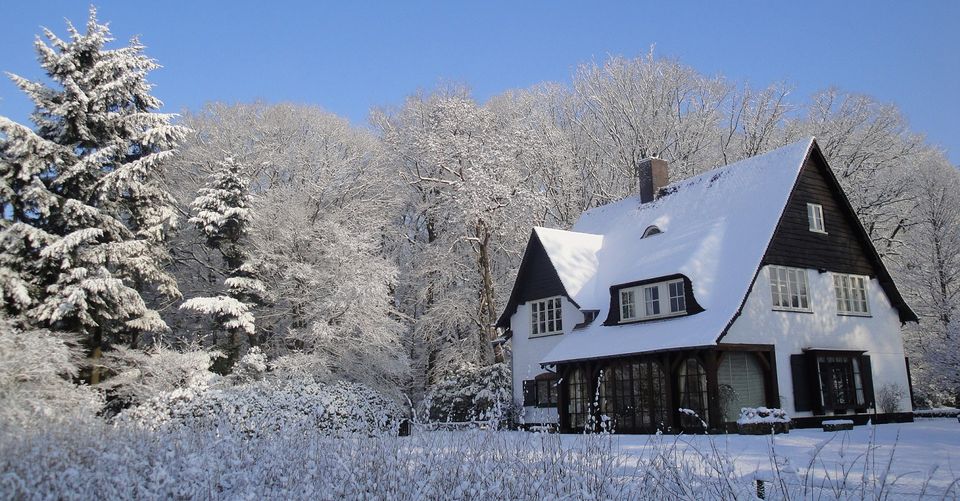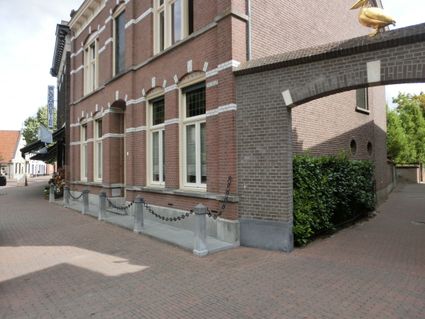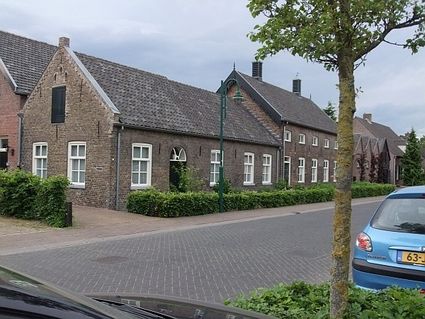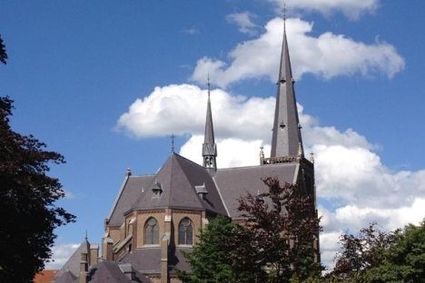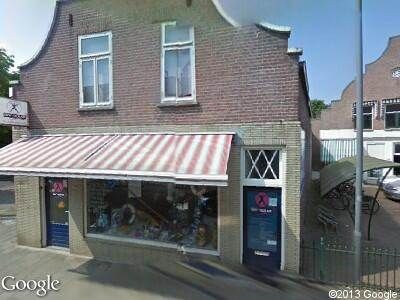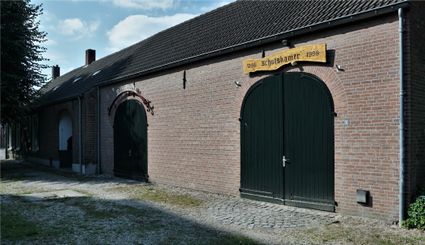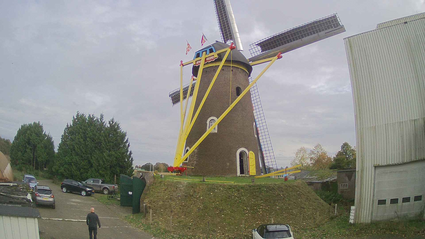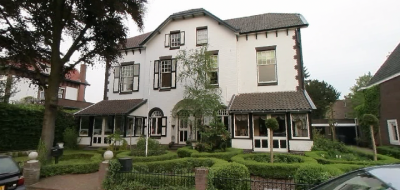Villa Ledeboer
Villa Ledeboer in De Rips.
Abraham Ledeboer bought two pieces of swamp in 1894 and 1896, with a combined area of 800 acres. He wanted to engage in forestry on a lar…
Villa Ledeboer in De Rips.
Abraham Ledeboer bought two pieces of swamp in 1894 and 1896, with a combined area of 800 acres. He wanted to engage in forestry on a large scale. At that time, large-scale reclamation of "wasteland" in the Netherlands had begun, including the Peel. The latter was mined primarily for forestry. Abraham Ledeboer, who also reclaimed the De Sijp estate, was one of the largest landowners in the municipality. He was originally from Twente. This was more common in De Peel, the municipalities sold on a large scale the wasteland they had owned until that time. Gemert as well as Bakel did not have such rosy finances and the sale of these large tracts of land did reduce the municipal debts. However, not as much as hoped, the land did not fetch a good price, it was mainly bought by speculators like Abraham Ledeboer, people who realized that the land could only increase in value. Here and there people did buy up small pieces for farming as in the Klotterpeel, but most of the land became large-scale estates. Ledeboer asked the Nederlandsche Heidemaatschappij (a kind of engineering firm) to clear and manage the land for him, as the Dutch heath society then did in dozens of such estates, and in 1942 had this house built in the forest for his family to stay in.The house is still completely authentic, a traditional country house with English and German influences, the gables are penciled.
The Dutch Heath Society used the vast Stippelberg and nearby Beestenveld as a testing station to develop reclamation and afforestation methods that were emulated elsewhere in the country. Here the ox plow was introduced to replace expensive hand digging and fertilization rates, various tree species and more such things were tried out.A feeling gradually developed among the native peel inhabitants that the Heidemaatschappij and the large landowners were taking the land away from them, practicing "Dutch" land planning and then also bringing Protestants to their region, especially in the twenties and thirties. Noted in statements by the Brabant Farmers' Union and 'Brabantia Nostra', an example of the latter: "They seemed to want to disenchant the baroque, yes romantic beauty of Brabant and turn it into one big keesboerenwei without trees, without coppice, without hult and hump."
Sources:
S. Hoeymakers, Houtvesterij de Peel, 1986, Heemkundekring De Kommanderij, Gemert
P.H.M. Thissen, Heide ontginning en modernisering: In het bijzonder in drie Brabantse Peelgemeenten 1850-1940, Uitgeverij Matrijs, 1993
